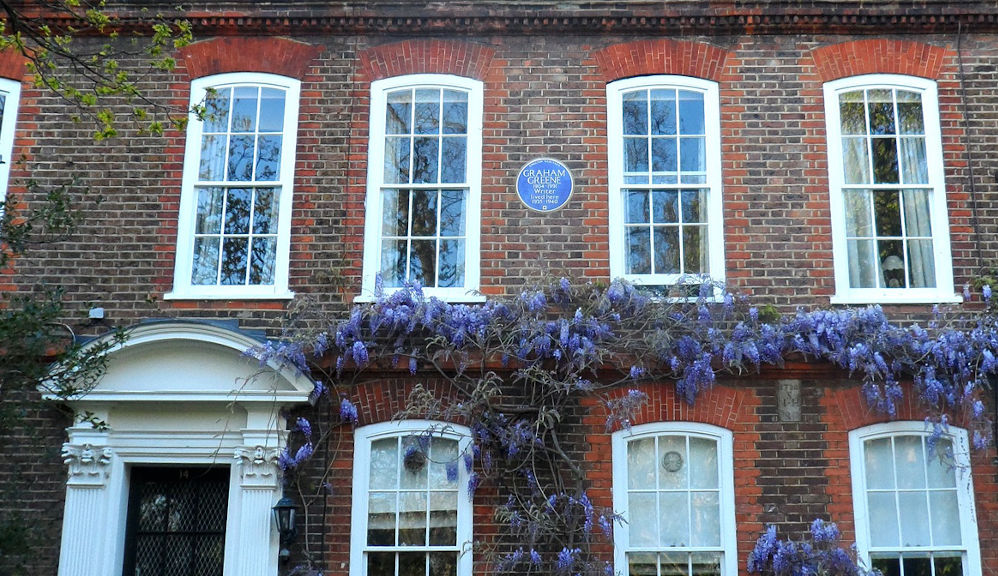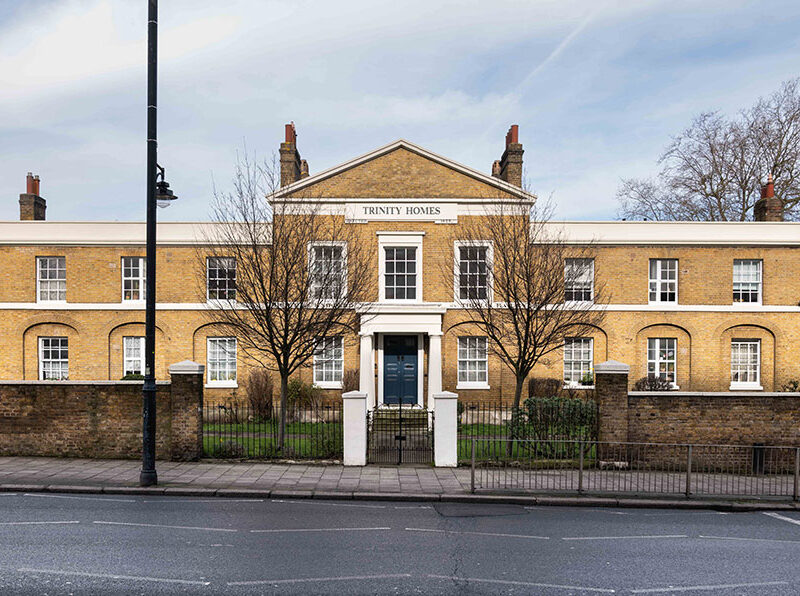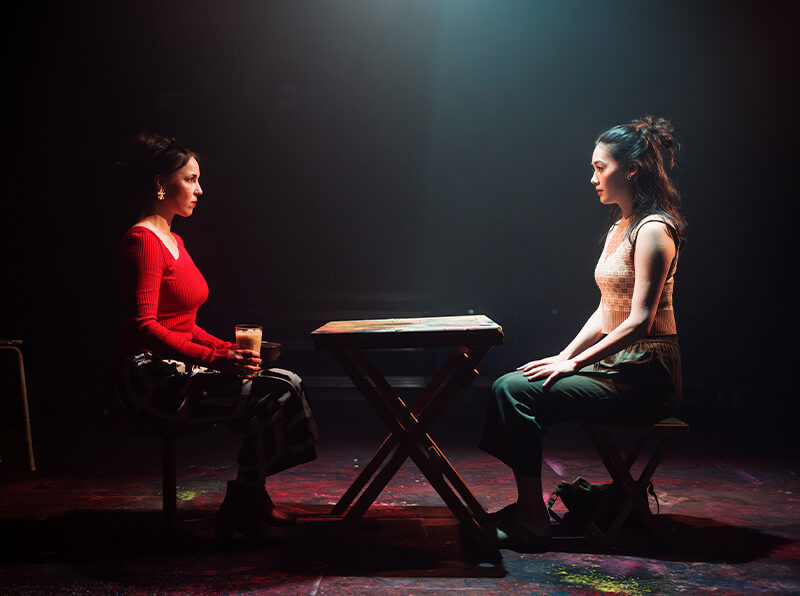
A literary walk in Clapham
Follow in the footsteps of Graham Greene, Roald Dahl, Noel Coward and more with this fascinating trail through Clapham. Julie Anderson reveals the area’s literary connections…
Clapham has always attracted writers, as far back as Edward Winslow, who sailed to the New World on the Mayflower and wrote Good Newes from New England (1624). At Clapham Common Station (The Pavement exit ) look above the modern Waitrose opposite and you can see a wall plaque to William, Lord Macauley, the eminent Victorian historian whose History of England formed part of the school curriculum for generations. Follow The Pavement round to the right, keeping the Common on your left. Beyond the paddling pool you will see a fine eighteen century church. Take the path to its front portico where you will find a Blue Plaque to William Wilberforce, who wrote A Letter on the Abolition of the Slave Trade (1807).
Along Clapham Common Northside (B303) at No. 14 is the house where Graham Greene lived. He wrote The Ministry of Fear (1943) here and used the house as the setting for The End of the Affair (1951). Not much further on is a turning to the right, The Chase, where a number of famous authors lived. At No. 81 the Japanese writer, Natsume Soseki, lodged during his stay in London. Angela Carter, writer of novels and short stories, including The Company of Wolves (1979), lived at No. 107. Samuel Pepys, the diarist, retired to Clapham to a house, long demolished, on The Chase. He began his Diary in January 1660 and he records the Great Plague, the Fire of London and much else. In 2012 John Lanchester, a modern Clapham resident, set his Capital, in a fictional Pepys Road.
Carry on along the Northside, pausing at Cedars Road. In Turnchapel Mews, off Cedars Road, Roald Dahl penned The Witches (1983) and Matilda (1988), though Turnchapel Mews is a long way down Cedars Road, if you want to see the house. Alternatively, take a walk across the Common, strolling to the central bandstand and thence to Clapham Common Southside via Windmill Drive, named for the old coaching inn. The Windmill may be where two famous runaways were tracked to “to Clapham… (where) they removed into a hackney coach and were seen to continue along the London Road” – Lydia Bennett and Mr Wickham from Pride & Prejudice.
Opposite The Windmill is No. 50, Clapham Common Southside, home to playwright and songwriter Noel Coward, whose This Happy Breed is set in Clapham. Walk along the Southside, the Common on your right, and you come to Cautley Avenue. No. 78, the house with the turret on the corner, is the likely location of the surgery of Dr Petrie, the Dr Watson equivalent in Sax Rohmer’s Fu Manchu tales. Rohmer knew Clapham well – he met his wife, Rose Knox, on the Common in 1905 – and his sleuth Nayland Smith, aided by Dr Petrie, was pitted against the Oriental super-villain.
Heading towards Clapham South tube station you pass a Tesco store and apartments which was formerly the South London Hospital for Women. In his Booker short-listed Atonement (2001) Ian McEwan’s two central characters, Cecilia and Briony, live and train to be nurses near here during World War Two.
- If this article has whetted your appetite, why not download the FREE Walk leaflet on the website at www.claphambookfestival.com
Julie Anderson, author of Plague (Claret Press, 2020) and Chair of Trustees, Clapham Writers.
READ MORE
Scenic walks in South West London and Surrey






